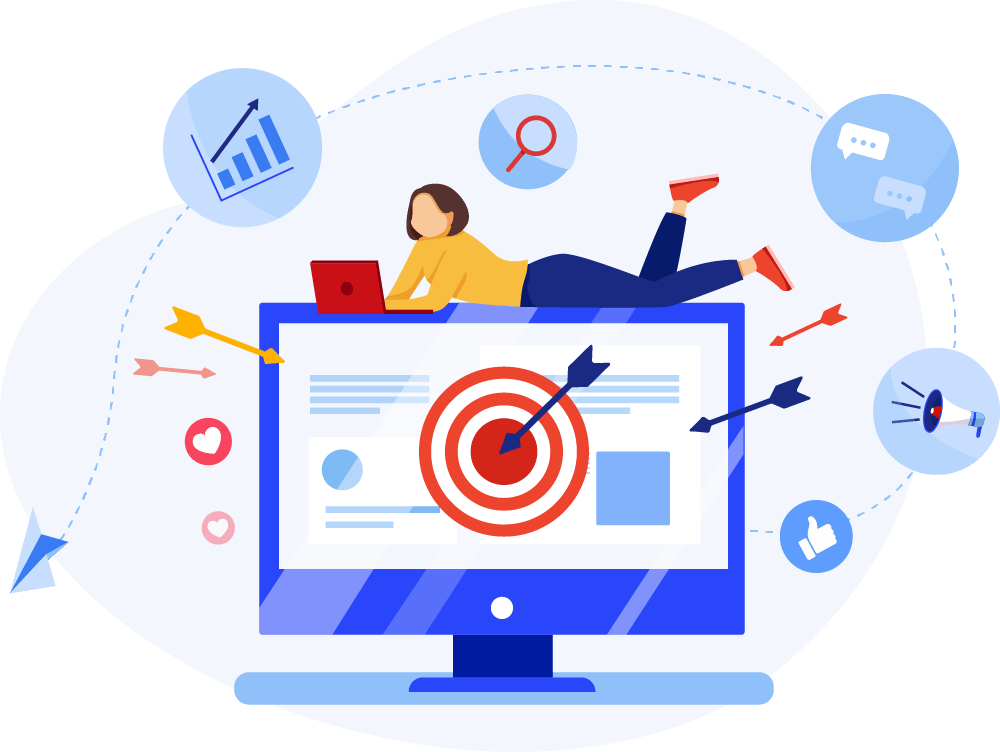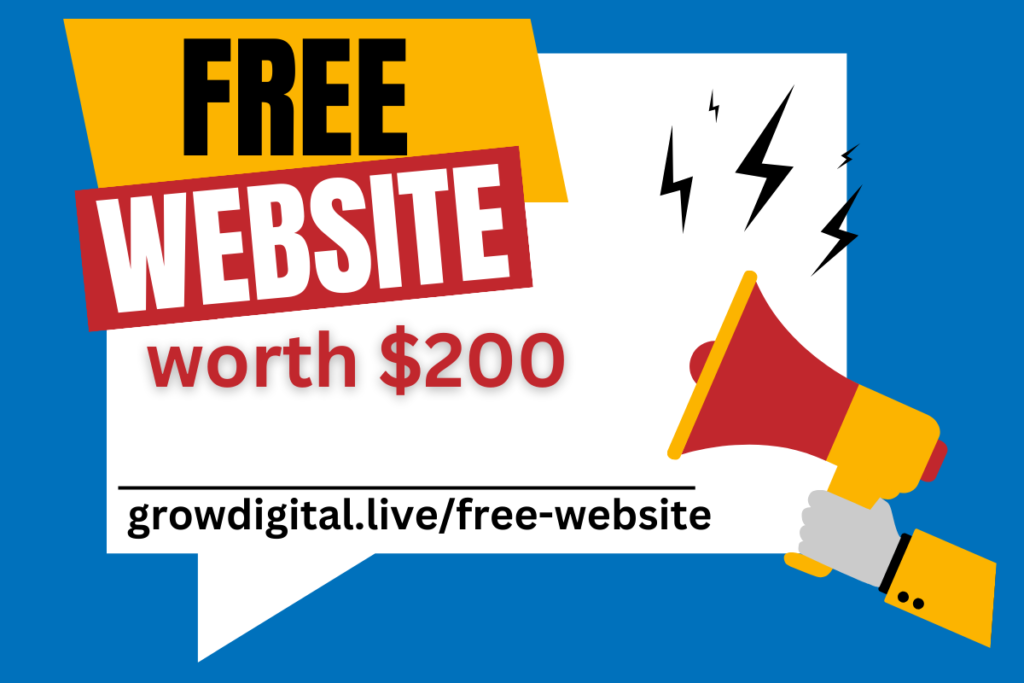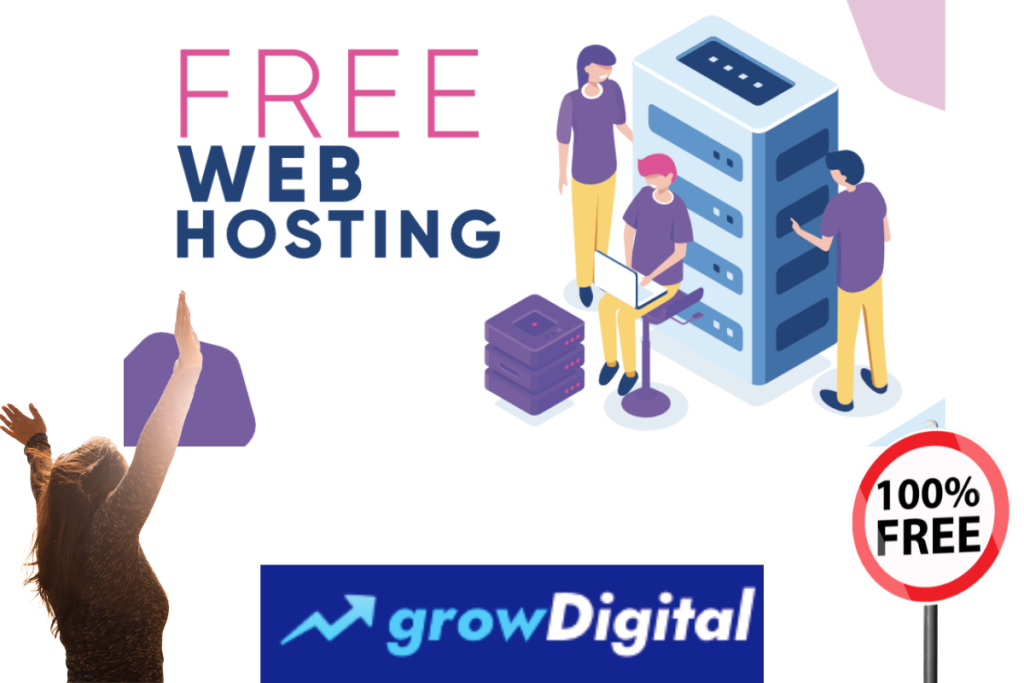Running ecommerce campaigns on Facebook and Instagram? Here are 5 key strategies for testing and optimizing your way to success
“A while back, suggesting any likeness between paid social and paid search would’ve raised eyebrows.
But with PPC automation, Meta and Google’s ad products share more similarities than you’d think.”
Here’s a refined version:
Consider these similarities between both platforms:
- Algorithm-driven campaigns like Advantage+ (Meta) and Performance Max (Google) take the spotlight.
- Access to controllable data and settings is the norm on both platforms.
- Key growth factors, such as business-specific inputs, ad creativity, landing pages, and sales experiences, lie beyond the ad account’s scope.
However, despite these overlaps, each channel maintains distinct traits, making them more complementary than competitive:
- Paid search traditionally captures existing demand, though initiatives like Demand Generation are altering this landscape.
- Paid social historically generates and captures demand, fostering a holistic funnel approach that modern paid search aims to emulate.
- Consider the user mindset: Google users seek specific information or products, while social media users engage in an open-ended scroll, receptive to novel offers.”

A 5-point ecommerce framework for Facebook and Instagram
When they’re set up and managed correctly, ecommerce campaigns on Meta can be a gold mine for well matched products.
But what exactly should you focus on? How do you figure out the best strategies?
Let’s explore the key things to consider
1. Experiment with Advantage+ campaigns
2. Test broad targeting on standard Conversion campaigns
3. Prioritise purchase conversions
4. Trust in 5-day click
5. Always test new assets
About the Author
Kazim Merchant Founder of GrowDigital, is a digital advertising expert developing high-impact marketing strategies for Corporates, Retailers and Enthusiastic Startups.





